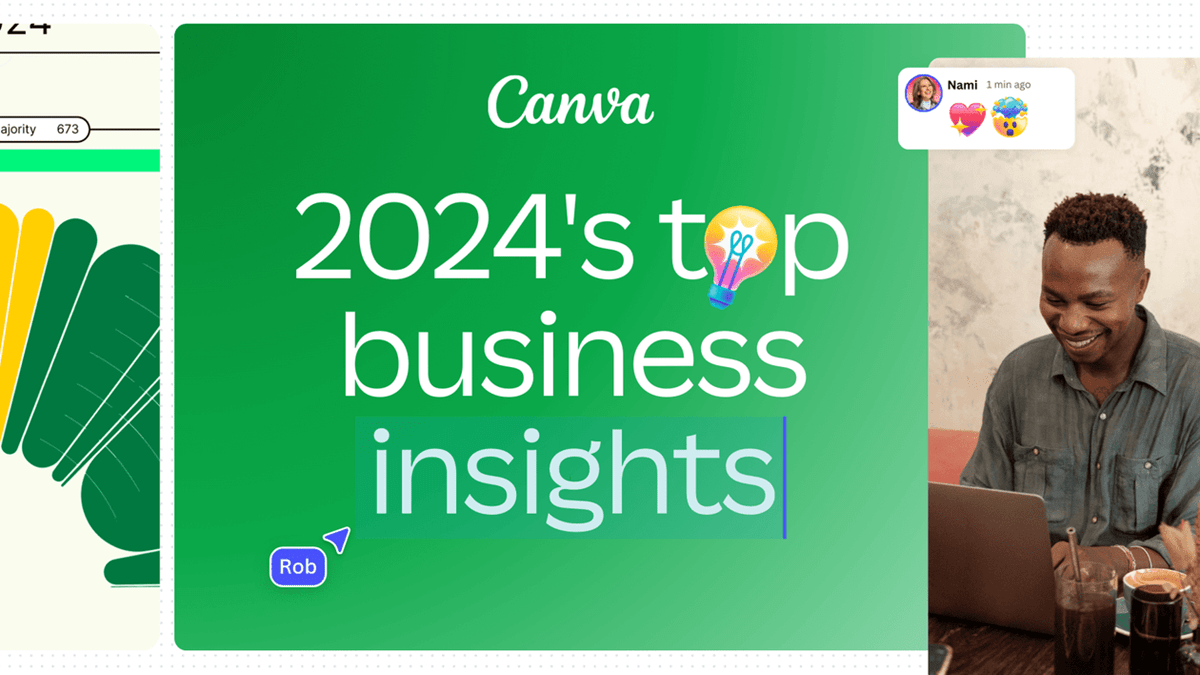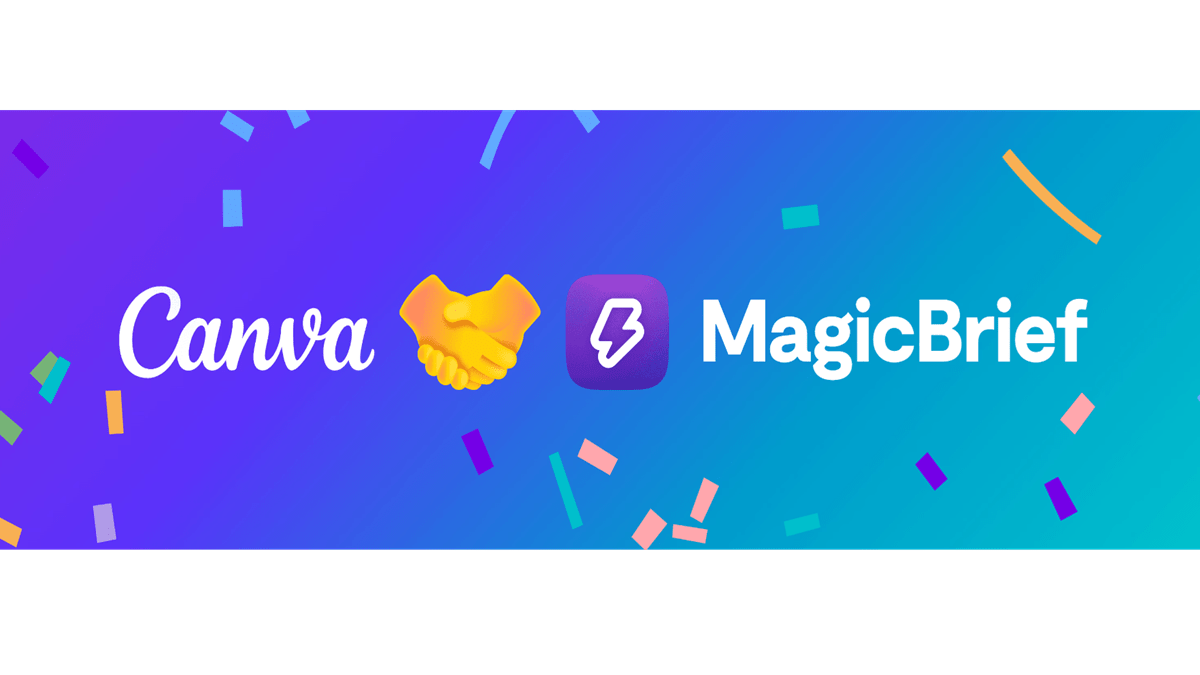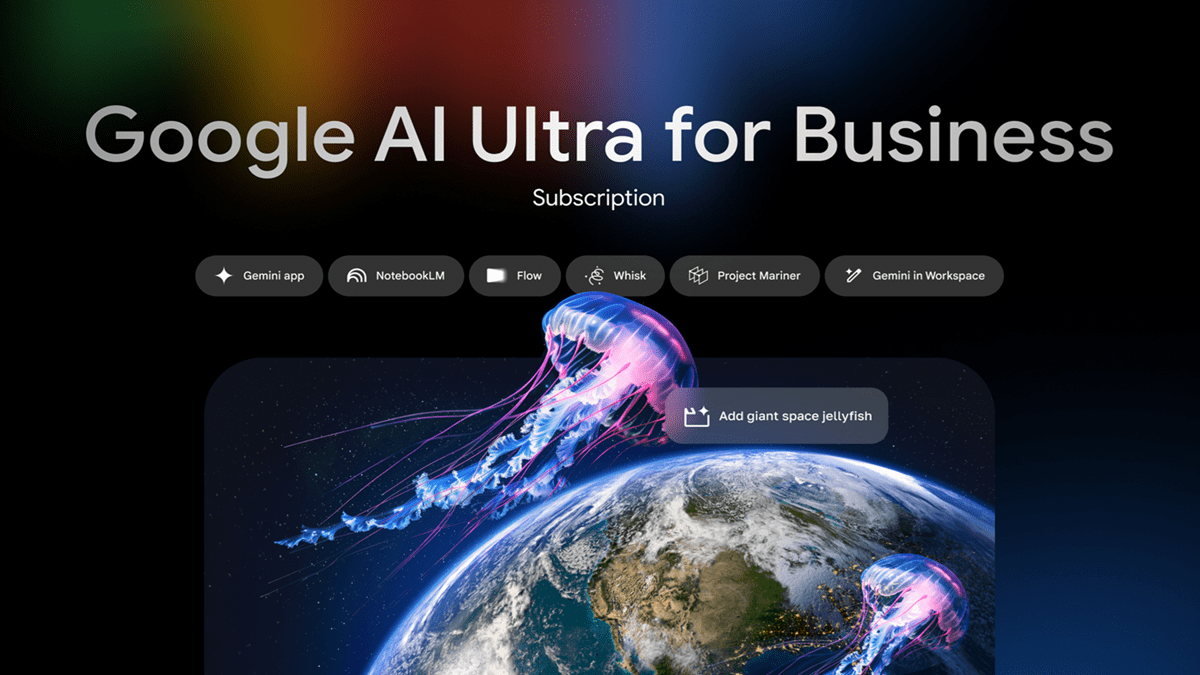Canva Unveils 10 New Features to Elevate Creative Workflows
 Mary Medina
·
5 minute read
Mary Medina
·
5 minute read
The Brief: Canva has introduced 10 new features aimed at addressing common workflow disruptions and increasing creative efficiency for users. The updates include tools powered by artificial intelligence, streamlined editing options, and enhanced integrations. Notable enhancements include AI-generated image style matching, one-click audio addition in video editing, and seamless LinkedIn Ads integration. These improvements are designed to minimize repetitive tasks, support brand consistency, and enable faster content production. Canva has also launched educational innovations like Magic Activities and cinematic video generation powered by Google’s Veo 3. The features are now available for Pro, Teams, and Enterprise users.
Canva Unveils 10 New Features to Elevate Creative Workflows
Analyst Perspective: Want to skip the clicks and get straight to creativity? Canva’s latest updates are all about making that possible. Through a group of 10 new features that prioritize usability and efficiency, Canva exemplifies a product strategy focused on solving small but persistent friction points in content creation. For example, end users can now add audio directly from the timeline or easily flip line direction in diagrams with fewer clicks.
The expansion of color options and shape customization supports users who manage branding at scale. Paired with Magic Media’s style reference capability, teams can now ensure visual alignment across campaigns without manual design intervention.
On the integration side, the new LinkedIn Ads export function closes a common gap between design and activation. Meanwhile, AI-powered tools like Magic Activities and Veo 3 video generation introduce advanced automation without increasing complexity. Canva continues to optimize for accessibility while scaling AI functionality across its Pro, Teams, and Enterprise tiers.
Expanded Control for Visual Consistency
The first set of updates provides designers with more precision when building consistent visual assets. Canva has introduced more default colors, expanding its palette and labeling each swatch with a distinct name. This change reduces color inconsistency and enables easier brand alignment across projects. For teams working with templates or switching between files, named colors make it easier to replicate styles without guesswork.
Alongside this, Canva now allows custom shape editing through intuitive sliding controls. Users can adjust attributes like corner radius and number of sides to create unique icons or visuals that match specific project requirements. These capabilities are particularly useful for maintaining a unified look across presentations, social media, and internal materials. Through offering granular control over basic design elements, Canva is helping users produce high-quality, consistent content while cutting down on design revisions.
Workflow Efficiencies with Smarter Design Tools
To help reduce friction in everyday tasks, Canva has introduced features that optimize user workflows. One of these is the quick audio addition tool, which allows users to insert music, sound effects, or voiceovers directly from the video timeline. Once selected, the audio tool remains pinned to the sidebar, enabling repeat use without additional menu navigation. This update streamlines the video editing process for content creators, educators, and marketers working with tight deadlines.
In parallel, Canva added a one-click line direction swap feature for diagrams. Users can now reverse the flow of connector lines in organizational charts or process diagrams without manually repositioning elements. This feature improves diagram editing speed and ensures better layout control. These updates directly address user feedback around time-consuming manual actions, making routine design work more intuitive and less repetitive.
Data Visualization and Brand Engagement Updates
Canva's July updates also include enhancements that support better communication and engagement through data and interactivity. A new feature now lets users add titles to charts directly within the chart settings panel. This makes data presentations more accessible and helps clarify insights at a glance without relying on external annotations. It also improves output quality for reports, infographics, and dashboards.
In addition, Canva has rolled out anonymous and customizable polls and quizzes, designed to gather feedback or encourage interaction while keeping participants’ identities private. These tools can now be embedded in external websites and styled to match a brand’s look and feel. These updates help users engage audiences more effectively, whether used in learning modules, customer surveys, or team check-ins.
Both improvements cater to teams seeking clarity in communication and flexibility in presentation formats, particularly in hybrid and digital-first environments.
Integration and AI-Powered Visual Generation
Two major updates streamline creative production and scale branded content. The LinkedIn Ads integration now allows users to export assets directly from Canva to their LinkedIn ad account. This eliminates redundant steps like downloading and re-uploading, helping marketing teams move faster from design to deployment. The update supports a smoother workflow for campaign managers who operate across multiple platforms.
Alongside this, Canva’s Magic Media style reference uses AI to match the look and feel of a reference image when generating new visuals. Once a style is uploaded, all AI-generated content aligns with that reference, ensuring visual consistency. This tool is particularly valuable for maintaining a cohesive identity across various content types.
These additions enhance brand scalability and reduce the need for manual revisions, especially for organizations managing complex campaigns with multiple content formats.
Classroom Innovation and Cinematic AI Tools
For educators and video creators, Canva adds tools that enhance engagement and simplify complex production tasks. Magic Activities (beta) enables teachers to convert learning objectives into visual, student-led classroom activities in less than a minute. Through simply entering a goal, the AI generates ready-to-use materials that support hands-on learning and reduce prep time. This feature is especially useful in dynamic classroom settings that rely on interactive visuals.
In the video space, Canva introduces text-to-video generation via Google’s Veo 3 model. This tool transforms written prompts into cinematic-quality 8-second clips with synchronized sound. It serves creators producing short-form content, b-roll, or visual storytelling sequences. Both features rely on AI to deliver high-quality output with minimal input, making advanced creative production more accessible to educators, marketers, and content developers working across fast-paced digital channels.
Evolving Creative Tools for Modern Workflows
Canva’s release of 10 new features reinforces its continued effort to address user needs across creative, marketing, and education sectors. These updates prioritize workflow efficiency, brand consistency, and accessibility—areas that are increasingly critical as organizations expand their digital output.
With features like audio enhancements, diagram controls, AI-generated visuals, and classroom-ready tools, Canva is optimizing its platform to handle a broader range of professional use cases. The integration with platforms like LinkedIn Ads and Google’s Veo 3 also shows a commitment to meeting users where they already operate.
To support broader adoption of AI-generated assets, Canva may need to provide clearer guidance on output accuracy, stylistic boundaries, and onboarding best practices for teams. Through enhancing user education and increasing transparency around how these features work, Canva can strengthen its value proposition for both business and education users. Overall, the updates are well-aligned with the platform’s current trajectory, expanding both its creative utility and operational relevance across industries.
Who Benefits Most from These Updates?
These new features are built for users managing high content volume, brand consistency, and time-sensitive projects. Marketing teams benefit from faster campaign deployment via LinkedIn Ads integration. Educators can quickly generate classroom materials using Magic Activities, while content creators gain new capabilities through AI-powered video and style-matching tools. The updates also suit internal communication teams, presentation designers, and freelancers who need efficient editing workflows and consistent visual standards.
How This Fits into the Future of Work
The shift toward hybrid work, on-demand learning, and agile marketing requires tools that reduce manual steps and scale creative output. Through incorporating automation and streamlined integrations, Canva is aligning its platform with the practical demands of today’s digital workflows. The platform’s focus on accessibility—without sacrificing design control—makes it adaptable for non-designers and advanced users alike. As visual content becomes a key mode of communication in remote and distributed teams, these features support faster decision-making, improved brand governance, and more engaging experiences.

 Source: Canva
Source: Canva Source: Canva
Source: Canva Source: Canva
Source: Canva Source: Canva
Source: Canva Source: Canva
Source: Canva Source: Canva
Source: Canva

